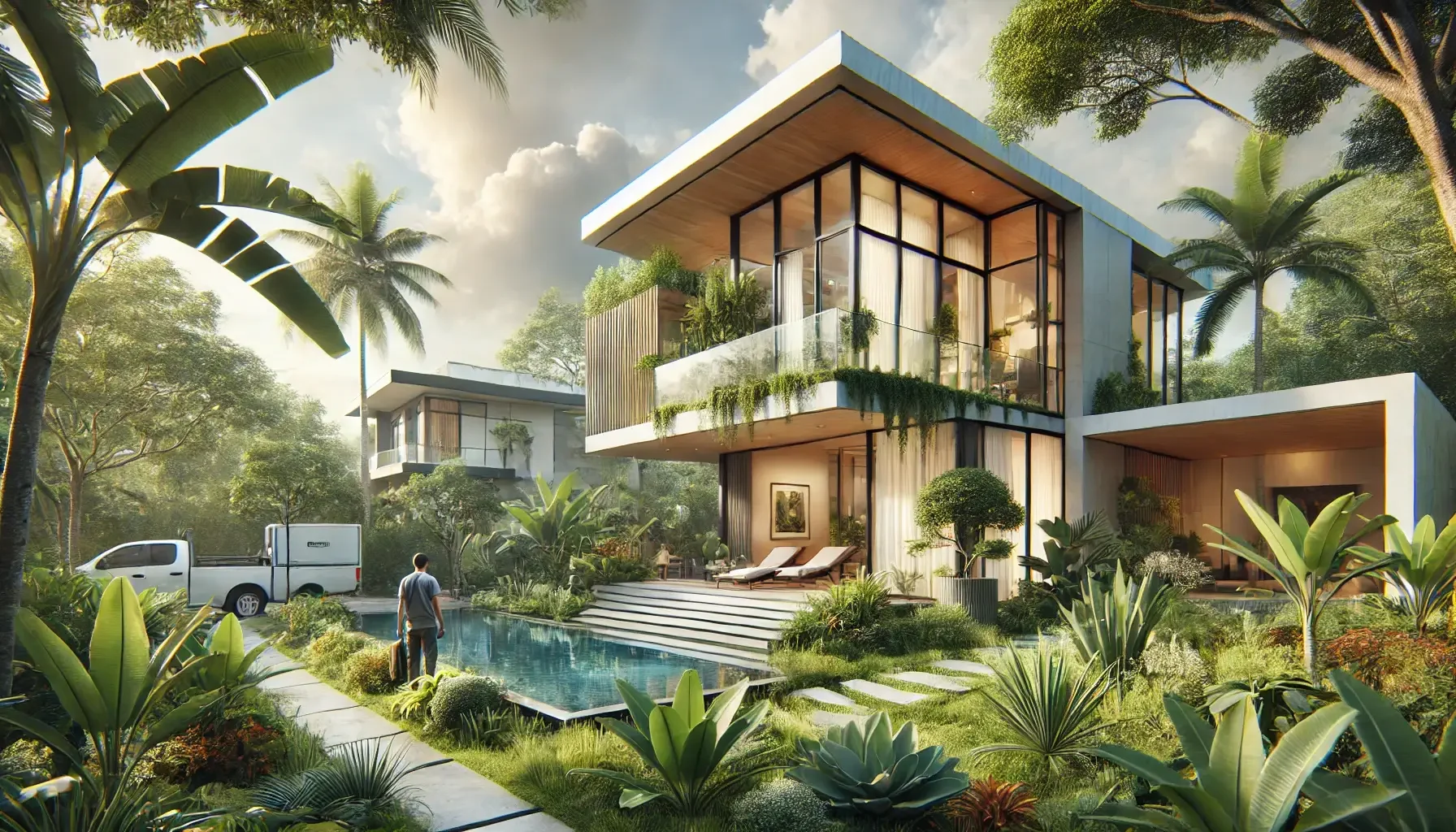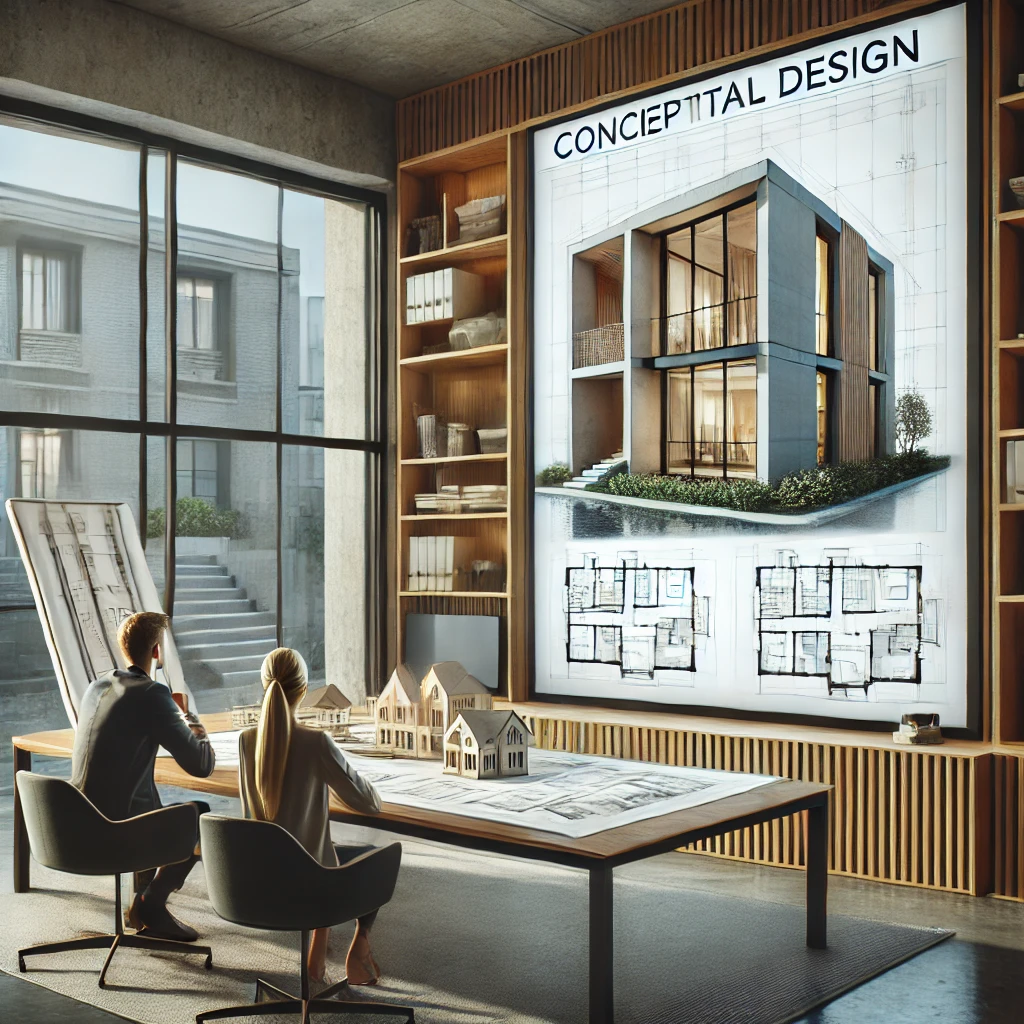Redefining the Philippines: Innovative Architectural Design Services
Introduction
Welcome to a world where architecture is not just about building structures but reshaping the very essence of a nation. In the Philippines, architectural design marries tradition with modernity, sustainability with aesthetics, and cultural heritage with futuristic innovation. From the bustling streets of Manila to the historic charm of Vigan, architecture here tells a story—one that’s vibrant, evolving, and undeniably beautiful.
In this post, we’ll dive deep into the architectural landscape of the Philippines, exploring key trends, famous landmarks, sustainable practices, and the transformative work of Filipino architects. Let’s get started!
Architectural Design that Shapes the Philippines
A Unique Blend of Tradition and Modernity
Architecture in the Philippines reflects a perfect mix of the old and new. From sleek skyscrapers in Makati to the charming colonial structures in Vigan, the country’s architectural evolution showcases a seamless fusion of cultural preservation and contemporary innovation. With a growing emphasis on sustainability, the designs focus on reducing environmental impact while still honoring the country’s history.
Influential Architects and Iconic Works
Philippine cities like Cebu, Davao, and Quezon have been transformed by visionary architects who have redefined urban landscapes. Their innovative designs prioritize sustainability, functionality, and cultural relevance. Some of these renowned architects focus on creating spaces that not only serve practical purposes but also evoke a sense of national pride.
Featured Works:
- SM Aura Premier (Taguig): Designed by Danish architect Bjarke Ingels, this modern structure reflects sustainable design principles and captures the Filipino ethos.
- San Agustin Church (Manila): A UNESCO World Heritage site, showcasing baroque architecture with intricate details that blend Spanish colonial influences with Filipino craftsmanship.
Why Architectural Design is Crucial for Enhancing Space
Architecture: More Than Just Buildings
Great architecture doesn’t just fill up space—it transforms it. In the Philippines, architectural design isn’t merely about constructing walls and roofs; it’s about capturing the essence of art, culture, and the community’s aspirations. Whether it’s a heritage church in the provinces or a high-tech office tower in Bonifacio Global City, every structure tells a story.
Sustainability and Environmental Harmony
The use of local materials and eco-friendly building techniques is becoming a hallmark of Philippine architecture. Traditional materials like bamboo, nipa palm, and volcanic stone are incorporated to create structures that blend seamlessly with their natural surroundings. These sustainable practices not only preserve the environment but also foster a sense of belonging among residents.
Designing Spaces People Love
Good design is not just about aesthetics—it’s about creating environments that people feel connected to. In crowded urban areas, clever architectural designs can turn small, overlooked spaces into vibrant, functional areas. Natural light, open spaces, and thoughtful layouts are transforming cities like Metro Manila, making them more livable and dynamic.
Famous Architectural Landmarks in the Philippines
The Philippines is home to some stunning architectural landmarks that reflect its rich cultural and historical past. These structures aren’t just iconic—they’re part of the country’s identity.
- San Agustin Church (Manila): A baroque masterpiece, this church is a symbol of Filipino resilience and creativity, blending religious devotion with local artistry.
- Rizal Monument (Rizal Park): A tribute to the country’s national hero, Dr. Jose Rizal, symbolizing the Philippines’ long struggle for independence.
- SM Seaside City Mall (Cebu): An innovative design that mirrors the city’s coastal surroundings and pushes the boundaries of modern urban architecture.
Architectural Trends Shaping the Philippines
Architectural trends in the Philippines are evolving rapidly, with a focus on simplicity, nature, and technology.
Minimalism: Simplicity Meets Functionality
Clean lines, uncluttered spaces, and functional designs define the growing minimalist trend. This style is particularly appealing in the fast-paced urban lifestyle of cities like Manila, offering a sense of calm amidst the chaos.
Biophilic Design: Bringing Nature Indoors
Biophilic design connects people with nature by incorporating natural elements into buildings. Whether through the use of natural materials like wood and stone or indoor gardens, this trend is reshaping the quality of life in urbanized areas.
Embracing Sustainable Architectural Practices
Sustainability isn’t just a buzzword in the Philippines—it’s becoming a core philosophy for architects.
Eco-friendly Solutions for the Future
Architects are prioritizing passive solar designs to reduce energy consumption. By utilizing natural light, heat, and airflow, buildings are becoming more energy-efficient, lowering utility costs and environmental impacts.
Use of Local Materials
Bamboo, nipa, and volcanic stone are just some of the materials commonly used in sustainable Philippine architecture. These materials are abundant and renewable, helping reduce the carbon footprint of construction projects while supporting local economies.
Choosing the Right Architectural Design Service Provider
Selecting the right architectural service provider is key to ensuring your vision becomes a reality. Here’s what to consider:
- Portfolio Review: A comprehensive look at an architect’s past work provides insight into their style and expertise.
- Understanding Local Regulations: Make sure your architect is well-versed in local building codes and regulations for a smoother project execution.
- Effective Communication: Open communication ensures your ideas and preferences are heard, leading to a design that meets your expectations.
Case Studies of Notable Philippine Projects
Several projects across the Philippines highlight the country’s architectural innovation and cultural pride:
- Ayala Museum (Makati): A cultural institution that celebrates Filipino heritage, designed with indigenous materials and traditional influences.
- Green School (Bali): While not located in the Philippines, this school was designed by a Filipino architect and promotes sustainable living through eco-conscious design.
The Role of Technology in Modern Philippine Architecture
Cutting-edge Tools for Better Design
The integration of technology in architecture is transforming how projects are designed and executed.
- Building Information Modeling (BIM): Enables architects to create 3D models for better visualization and collaboration.
- Virtual and Augmented Reality: Clients can now experience their future spaces through immersive technologies, allowing for real-time feedback.
Collaboration in Architectural Projects
Interdisciplinary Teams for Cohesive Designs
Modern architectural projects often require collaboration between architects, engineers, designers, and even clients. This interdisciplinary approach ensures that designs are functional, sustainable, and tailored to the community’s needs.
Looking Ahead: The Future of Philippine Architecture
The future of architectural design in the Philippines looks bright. With a strong focus on sustainability, innovation, and cultural preservation, the next generation of buildings will reflect the country’s rich heritage while addressing the demands of a rapidly changing world.
Expect to see more environmentally-conscious designs, smart technology integration, and a continued celebration of local materials and traditions.
Final Thoughts
Architects in the Philippines aren’t just creating buildings—they’re shaping communities, preserving cultural identity, and building for a sustainable future. As we look ahead, the landscape of Philippine architecture will continue to evolve, blending tradition with cutting-edge innovation to create spaces that inspire and endure.






